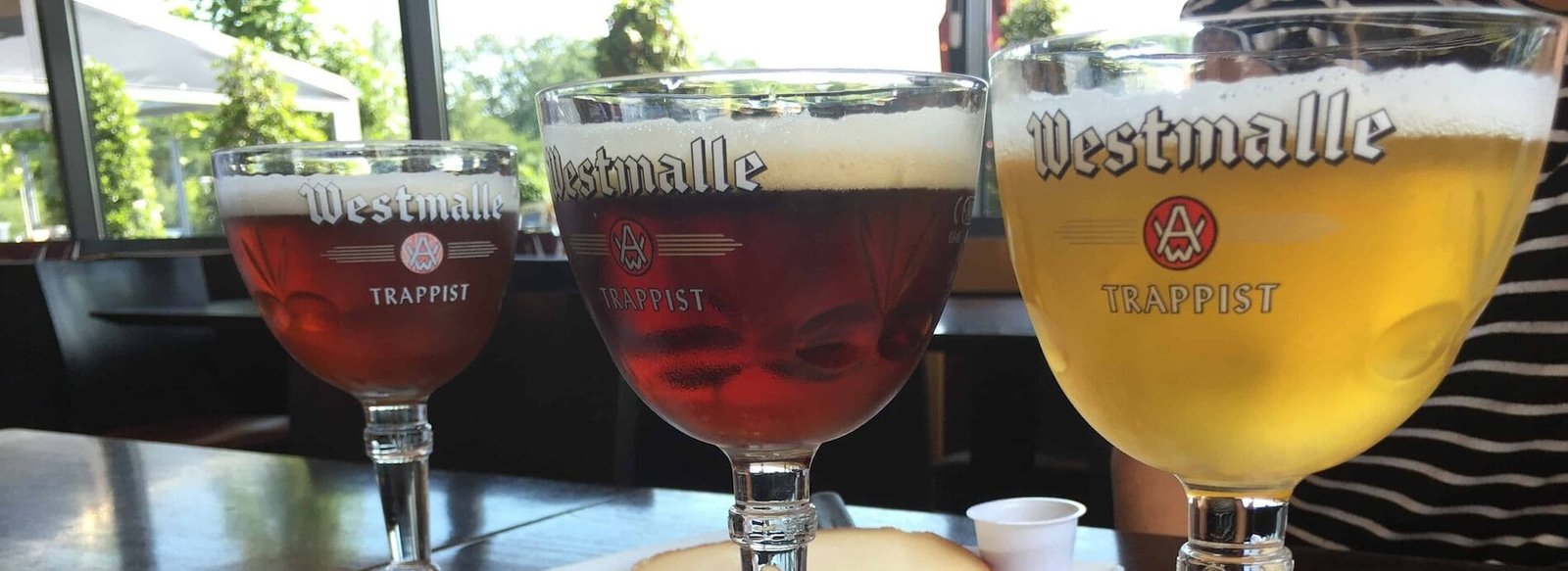Trappist monks have been brewing beer for centuries, and their methods are deeply rooted in tradition, spirituality, and craftsmanship. The brewing process followed by Trappist monks is not just about producing beer; it is also an expression of their monastic life and values. Here’s a closer look at how Trappist monks brew beer and the traditions involved:
1. Historical Context
Trappist brewing began in the 17th century in Belgium, where monks sought to support their monasteries and provide for their communities. The brewing tradition was established in accordance with the Rule of St. Benedict, which emphasizes work and self-sufficiency.
2. Authenticity and Certification
Only beers brewed within the walls of a Trappist monastery and under the supervision of the monks can be labeled as “Trappist.” The International Trappist Association (ITA) certifies these beers, ensuring they adhere to specific guidelines that preserve the authenticity of Trappist brewing.
3. Ingredients
Trappist beers are typically brewed using high-quality ingredients, including:
– Water: Sourced from local springs or wells.
– Malt: Often barley, but sometimes wheat or other grains.
– Hops: For bitterness and flavor.
– Yeast: Specific strains are used to achieve unique flavors and aromas.
4. Brewing Process
The brewing process itself is a meticulous and time-honored practice:
– Mashing: The malt is mixed with hot water to convert starches into sugars.
– Boiling: The mixture is boiled, and hops are added for flavor and preservation.
– Fermentation: The wort (unfermented beer) is cooled and transferred to fermentation tanks, where yeast is added. This is where the sugars are converted into alcohol and carbon dioxide.
– Conditioning: After fermentation, the beer is conditioned, allowing flavors to mature and develop.
– Bottling and Aging: The beer is then bottled, sometimes with additional sugar and yeast for carbonation, and may be aged for further flavor development.
5. Spiritual Aspect
Brewing is considered a form of work and prayer for Trappist monks. The process is often approached with a sense of reverence, and the beer is seen as a gift to be shared with the community. Monks often pray during the brewing process, and the beer is made with the intention of serving others.
6. Varieties of Trappist Beer
Trappist breweries produce a variety of beer styles, including:
– Dubbel: A rich, malty beer with dark fruit flavors.
– Tripel: A stronger, golden ale with fruity and spicy notes.
– Quadrupel: A dark, complex beer with higher alcohol content and rich flavors.
– Blonde and Witbier: Lighter styles that may include spices or fruit.
7. Community and Charity
Profits from Trappist breweries are typically reinvested into the monastery and used for charitable works. The monks aim to support their local communities and those in need, reflecting their commitment to service.
How Trappist Monks Brew Beer: A Look at Tradition
The brewing of Trappist beer is a unique blend of tradition, spirituality, and craftsmanship. Each bottle represents not just a beverage, but a legacy of monastic life that values quality, community, and a deep connection to the land and its resources. The careful adherence to traditional brewing methods ensures that each Trappist beer remains a testament to the monks’ dedication and faith.

